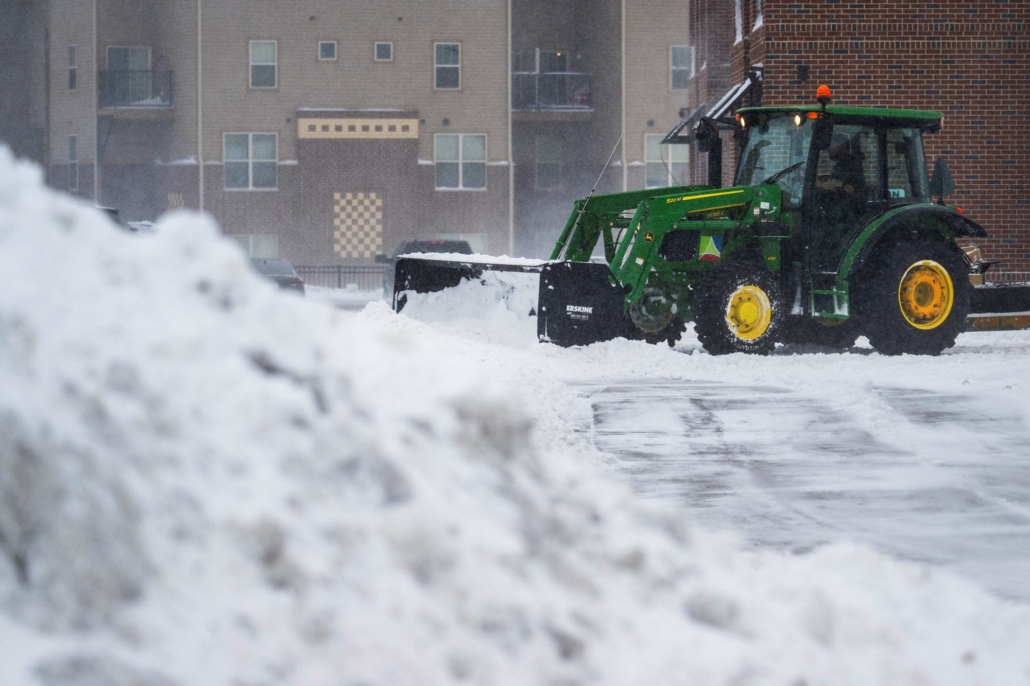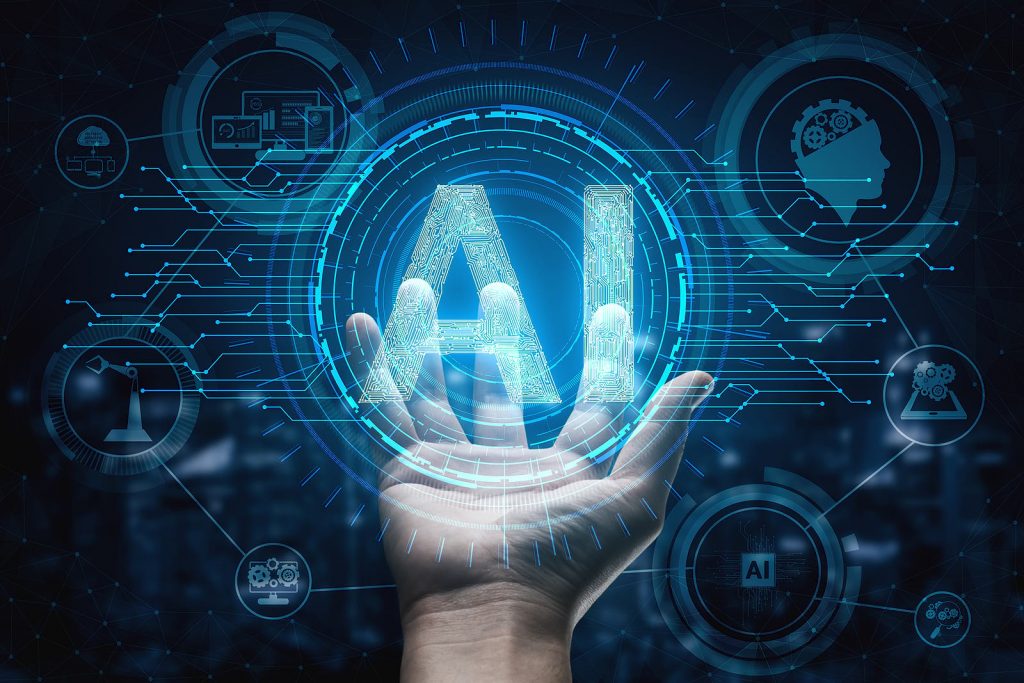Commercial Property: Forces Driving Increases

The commercial property insurance market continues to be challenging, with several factors contributing to premium increases for commercial property coverage:
1. Catastrophe losses
Hurricanes, floods, wildfires, tornadoes, and winter storms are occurring more frequently and with greater severity, causing annual insured losses of more than $100 billion globally in the last four years. In 2023, global insured losses totaled $118 billion, with severe convective storms (SCS) accounting for 58% of the losses globally, and six of the 10 most expensive events in the U.S. being SCS events.
2. Reinsurance
While reinsurance capacity has improved, the cost of available reinsurance capacity remains high due to the impact of catastrophic events, increasing cost of capital, financial market volatility, and inflation. These costs are passed along to customers.
3. Underinsurance
Due to increased material and labor costs, insured property replacement values continue to lag. Only 43% of business owners have increased their policy limits to accurately reflect what it would take to replace insured property.
4. Property Replacement Costs
Nonresidential construction costs have increased by 37% over the past four years, with a 65% increase in fabricated structural steel and a 37% increase in the price of concrete products. Additionally, machinery and equipment costs have increased by 22% over the same period.
5. Skilled Labor Shortage
Wages and salaries, comprising nearly half of construction costs, have increased by 22% over the past four years. However, 77% of contractors are struggling to find skilled labor. These factors may lead to higher rebuilding costs and longer delays, potentially triggering an increase in business interruption losses.
6. Property Rate Needed
Due to escalating loss trends, carriers are expected to raise rates again this year to close the gap between loss trends and rate increases.
In summary, the commercial property insurance market is facing significant challenges, leading to premium increases for commercial property coverage. The increasing frequency and severity of catastrophic events, along with high reinsurance costs and underinsurance due to rising material and labor costs, are key contributing factors. As a result, property replacement costs have surged, and there is a shortage of skilled labor, which may lead to higher rebuilding costs and longer delays. Carriers are expected to raise rates further this year to address the widening gap between loss trends and rate increases.
Read the Travelers Insurance Article: https://www.travelers.com/resources/business-topics/insuring/factors-affect-insurance-costs-commercial-property







 Improving the fuel efficiency of a company’s fleet of vehicles can have many financial and environmental benefits, especially with fuel prices on the rise. Fuel can be one of the largest and most difficult expenses to predict and control. Therefore, it’s important for vehicle fleet managers to conserve fuel, maximize efficiency and reduce vehicle emissions by implementing fuel-efficient policies, technology and maintenance strategies.
Improving the fuel efficiency of a company’s fleet of vehicles can have many financial and environmental benefits, especially with fuel prices on the rise. Fuel can be one of the largest and most difficult expenses to predict and control. Therefore, it’s important for vehicle fleet managers to conserve fuel, maximize efficiency and reduce vehicle emissions by implementing fuel-efficient policies, technology and maintenance strategies.